The African emerald cuckoo, scientifically known as Chrysococcyx caprius, is a type of bird that can be found in different parts of sub-Saharan Africa. Its striking bright green feathers and unique chirp make it a popular and well-known member of the bird family.
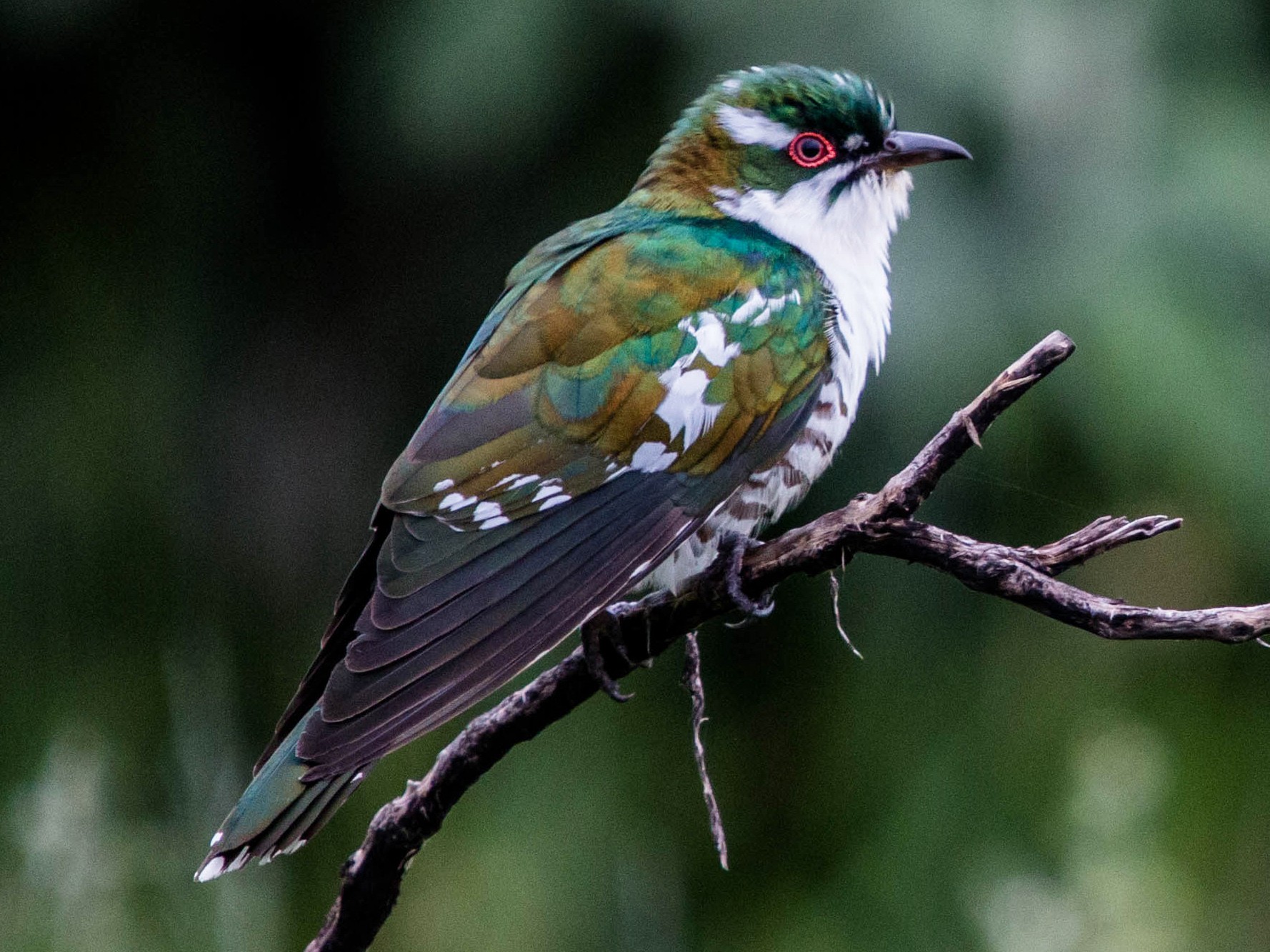

The breeding behavior of the African emerald cuckoo is truly captivating. Unlike other cuckoo species that lay their eggs in other birds’ nests, this bird builds its own nest and takes care of its offspring.
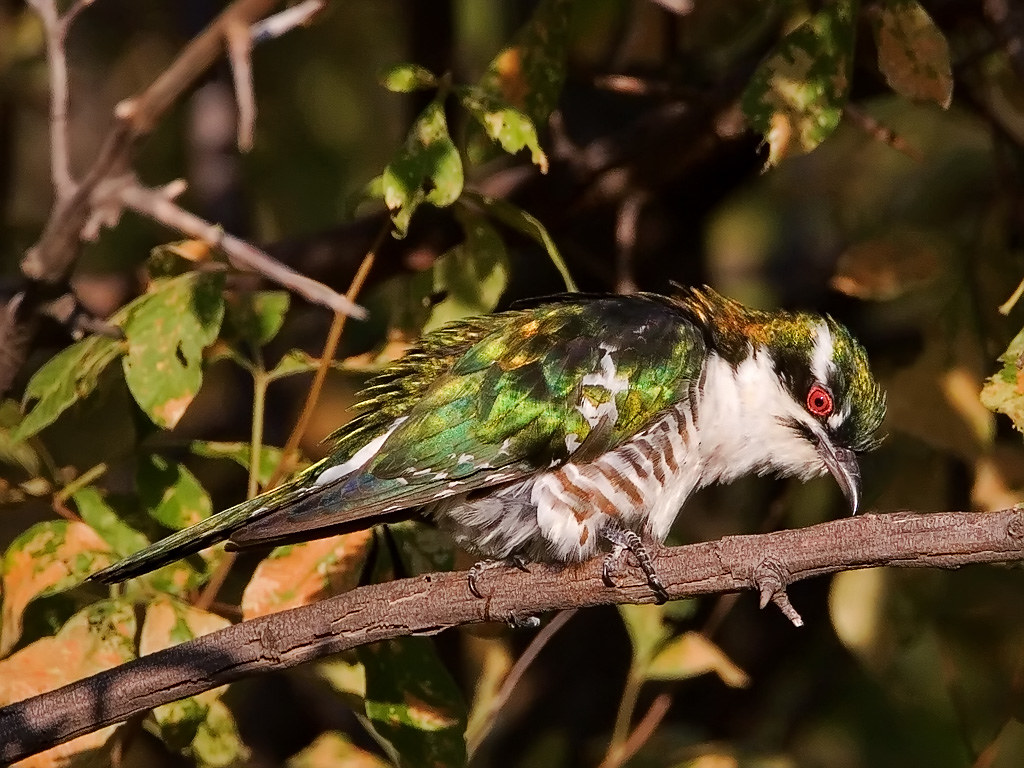

Birds usually build these nests among thick vegetation using a mix of materials such as twigs, grass, and spider silk.
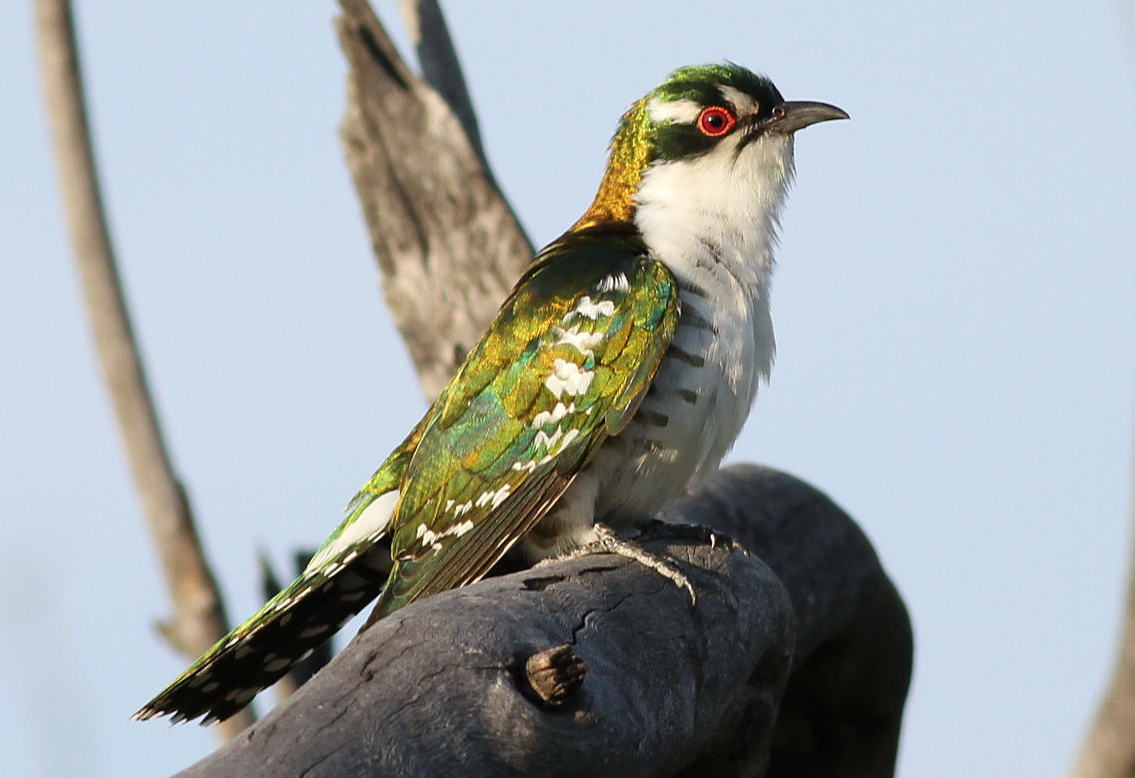

The African emerald cuckoo is an interesting bird known not only for its fascinating breeding habits but also for its eating habits. Similar to other cuckoo species, this bird mainly feeds on insects and small invertebrates.
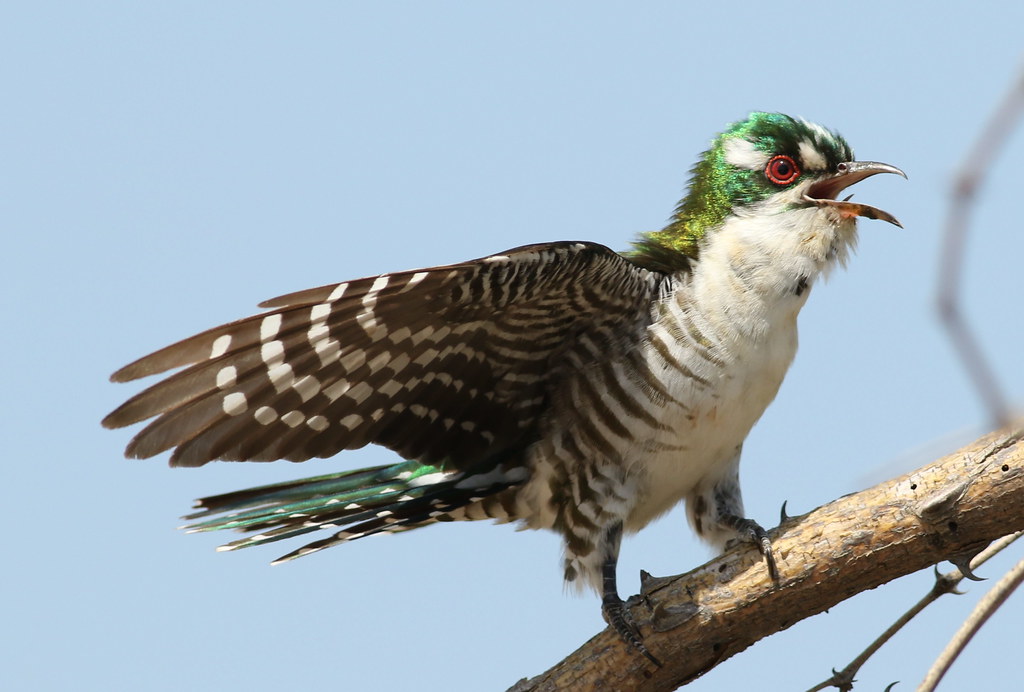

Nonetheless, the cuckoo bird is known for its tendency to consume a considerable amount of fruit and nectar, which is quite uncommon for this species.
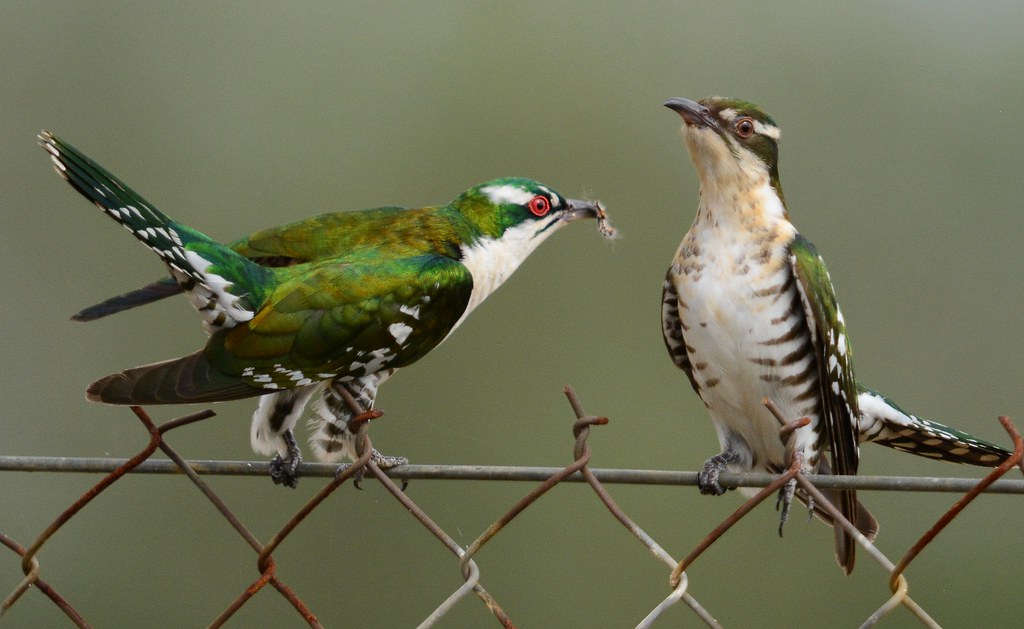

The African emerald cuckoo can be found in many places, but unfortunately, the International Union for Conservation of Nature (IUCN) has labeled it as a species of least concern. Although it’s a bird that may not currently be in danger, it’s important to note that habitat loss and other threats could potentially harm certain populations of the species.
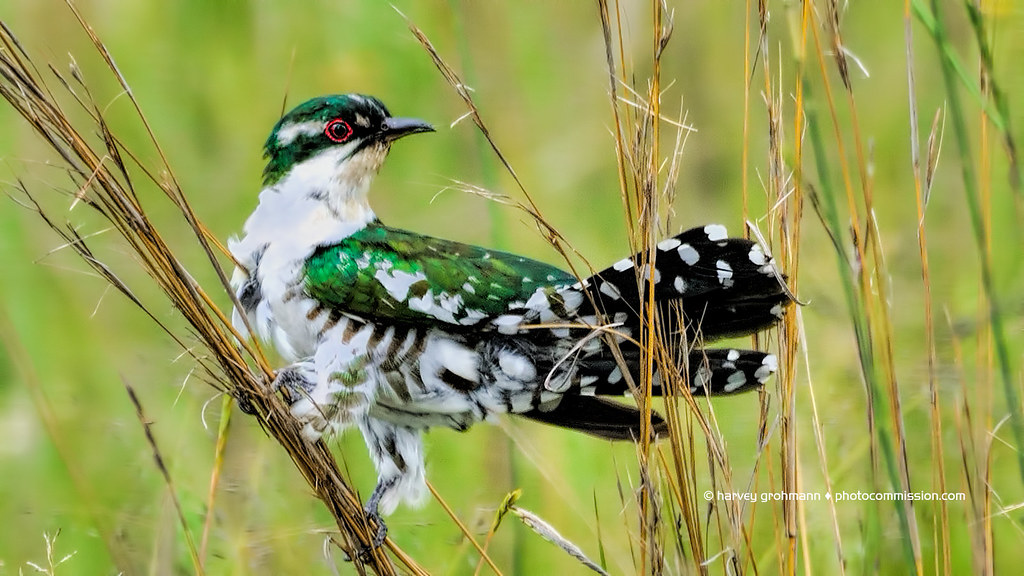

The African emerald cuckoo is a remarkable and stunning avian species that captivates bird lovers and nature enthusiasts worldwide. Its distinct breeding habits, diverse food preferences, and striking feathers make it a fascinating wonder of nature.
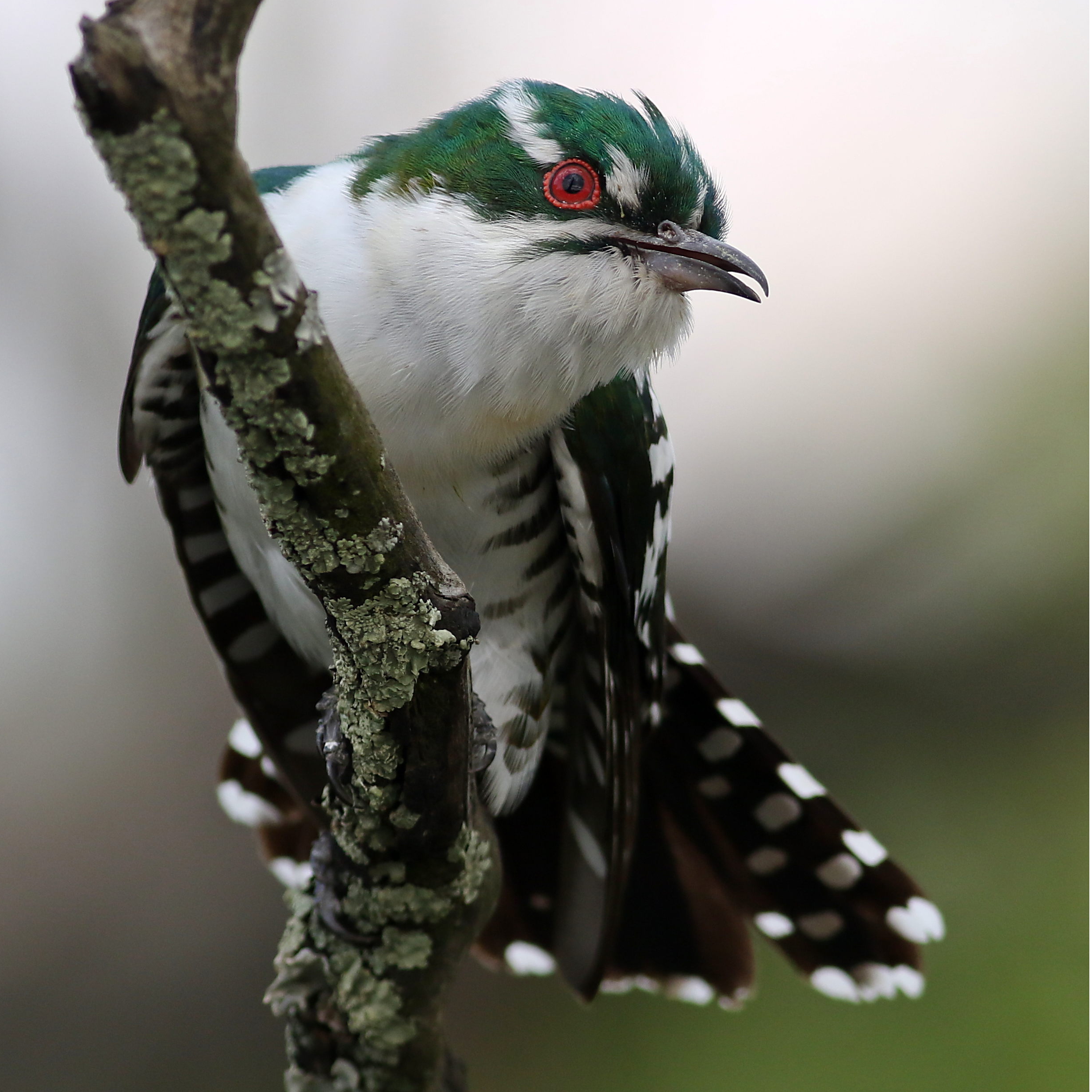

Video:
thenewsday




